Related Research Articles

The Indian Army during World War II, a British force also referred to as the British Indian Army, began the war, in 1939, numbering just under 200,000 men. By the end of the war, it had become the largest volunteer army in history, rising to over 2.5 million men in August 1945. Serving in divisions of infantry, armour and a fledgling airborne force, they fought on three continents in Africa, Europe and Asia.
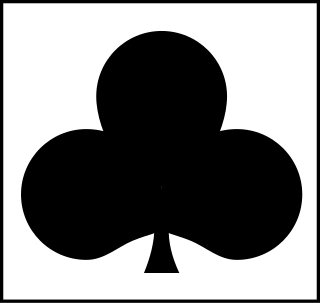
The 1st (African) Division was a British Empire colonial unit during the Second World War. The division was formed on 24 July 1940 in East Africa. On 24 November of that year, the division was re-designated as the British Army's 11th (African) Division. The division were composed primarily of West African and East African troops. It was disbanded on 23 November 1941 and its component units reassigned.
The Ghana Regiment is an infantry regiment that forms the main fighting element of the Ghanaian Army (GA).

The 5th Indian Infantry Division was an infantry division of the Indian Army during World War II that fought in several theatres of war and was nicknamed the "Ball of Fire". It was one of the few Allied divisions to fight against three different armies - the Italian, German and Japanese armies.

The Battle of the Admin Box took place on the southern front of the Burma campaign from 5 to 23 February 1944, in the South-East Asian Theatre of World War II.

The West African Frontier Force (WAFF) was a multi-battalion field force, formed by the British Colonial Office in 1900 to garrison the West African colonies of Nigeria, Gold Coast, Sierra Leone and Gambia. In 1928, it received royal recognition, becoming the Royal West African Frontier Force (RWAFF).
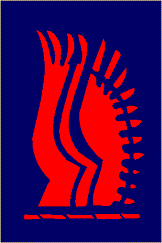
The 24th Infantry Brigade was an infantry brigade of the British Army from the First World War. It was reraised during the Second World War, as the 24th Infantry Brigade (Guards). During various designations, the brigade was active throughout the Cold War and existed until 1999, when it was merged with the 5 Airborne Brigade to become 16 Air Assault Brigade.

The 23rd Armoured Brigade, originally formed as the 23rd Army Tank Brigade, was an armoured brigade of the British Army that saw service during the Second World War. The brigade was a 2nd Line Territorial Army (TA) formation. It was reorganised and renamed the 23rd Armoured Brigade, when it was assigned to the 8th Armoured Division, although it never operated under command of the division.

The 17th Infantry Division is a formation of the Indian Army. During the Second World War, it had the distinction of being continually in combat during the three-year-long Burma Campaign. The division was re-raised in 1960 and the 17 Mountain Division is presently located in Sikkim under XXXIII Corps.
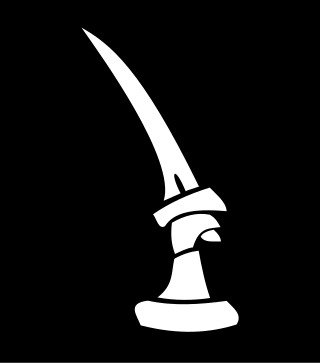
The 20th Indian Infantry Division was an infantry division of the Indian Army in the Second World War, formed in India, and took part in the Burma Campaign during the Second World War. After the war, the bulk of the division was deployed to French Indochina to oversee the handover from Japanese to French rule. For nearly all is operational life the division was commanded by Major-General Douglas Gracey.

The 29th Infantry Brigade was an infantry brigade unit of the British Army. It was originally raised in 1914 and saw service during the First and Second World Wars and the Korean War.

The 81st Division was formed under British control during the Second World War. It took part in the Burma Campaign.

The 82nd Division was formed under British control during the Second World War. It took part in the later stages of the Burma Campaign and was disbanded in Burma between May and September 1946.

The 25th Indian Infantry Division was an infantry division of the Indian Army during World War II which fought in the Burma Campaign. It was re-raised within the post-independence Indian Army in 1948.
Major-General Charles Christopher Fowkes was an officer in the British Army during the Second World War. His nickname was "Fluffy."
The 254th Indian Tank Brigade was an armoured brigade of the Indian Army during World War II.
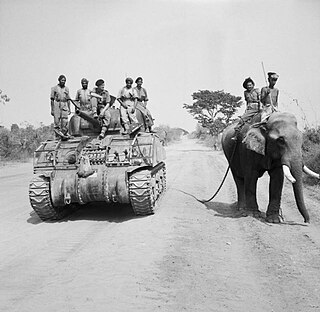
The 255th Indian Tank Brigade was an armoured brigade of the Indian Army during World War II. It was part of the Fourteenth Army and saw action in the Burma Campaign. The 255th Tank Brigade's tactical sign was a black bull, with yellow horns and red eyes, on a royal blue triangle. The brigade fought with the 17th Indian Infantry Division in Burma and was involved in the Battle of Meiktila, the Battle of Pokoku and Irrawaddy River operations and during Operation Dracula.
The 1st Infantry Brigade was an infantry formation of the British Army during the Second World War. It was formed in 1940 from battalions of the Royal West African Frontier Force and served in the East African campaign against the Italians and against the Japanese in Burma.

East Africa Command was a Command of the British Army. Until 1947 it was under the direct control of the Army Council and thereafter it became the responsibility of Middle East Command. It was disbanded on 11 December 1963, the day before Kenya became independent, and replaced by British Land Forces Kenya, tasked with withdrawing all remaining British troops. All remaining troops left by December 1964 and British Land Forces Kenya was disestablished.
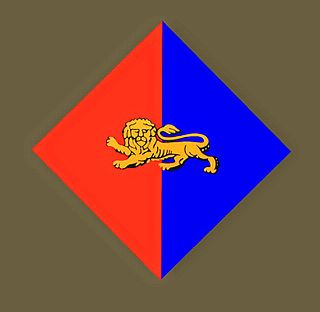
The 56th Anti-Tank Regiment was a Territorial Army unit of the British Army's Royal Artillery (RA), which converted from the 4th Battalion, King's Own Royal Regiment (Lancaster). During the Second World War, it first served with the 42nd Division in the Battle of France and Dunkirk evacuation in May–June 1940. In 1942, it was sent to join the 70th Infantry Division in India, where it was converted into a Light Anti-Aircraft/Anti-Tank Regiment. In this guise, it served in the Burma Campaign, mainly with the 5th Indian Infantry Division. It reconverted to the anti-tank role in late 1944 and in June 1945 it returned to India as a training unit. It continued serving in the TA postwar until 1961, when it re-merged into the King's Own.
References
- Allen, Louis. (1984). Burma: The Longest War 1941–45. Reprinted 2002. Phoenix Press. ISBN 1-84212-260-6.
- Jackson, Ashley. (2006). The British Empire and the Second World War. Continuum International Publishing Group. ISBN 978-1-85285-417-1.
- Moreman, T.R. (2005). The Jungle, the Japanese and the British Commonwealth Armies at War, 1941-45. Routledge. ISBN 978-0-7146-4970-2.